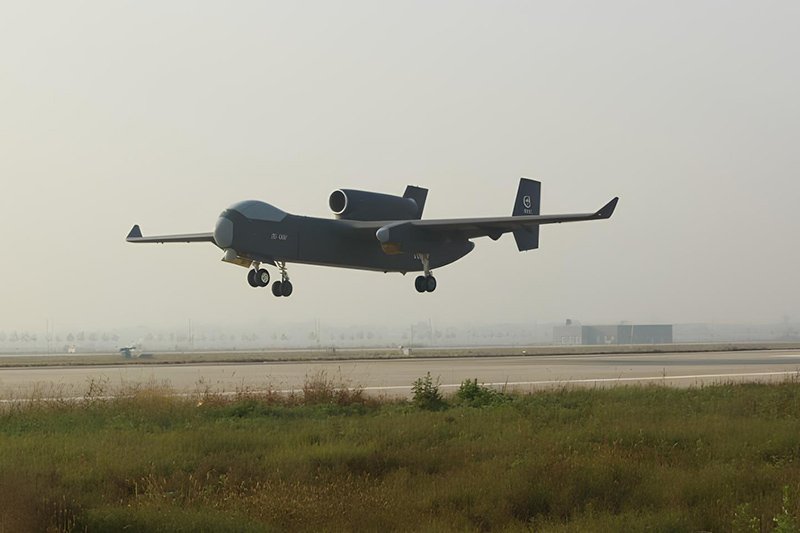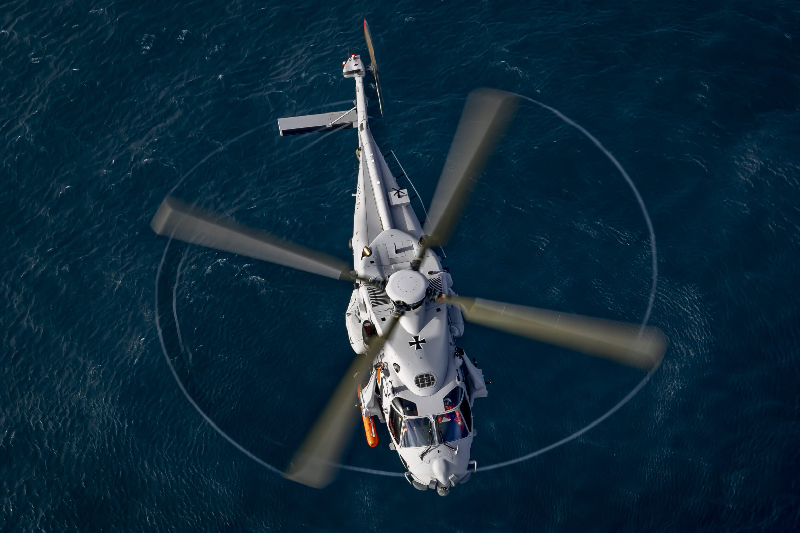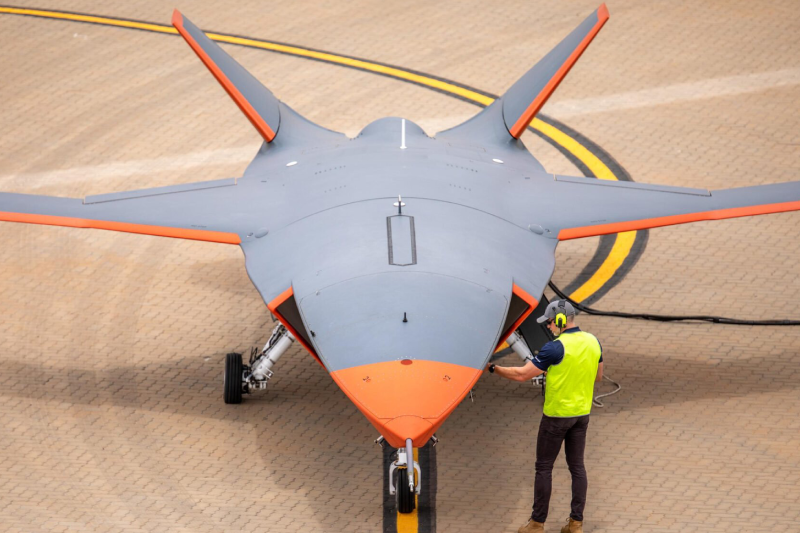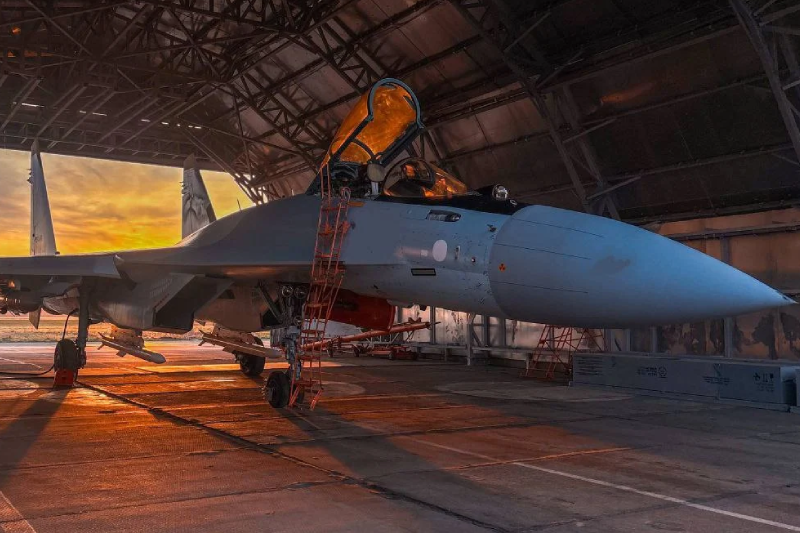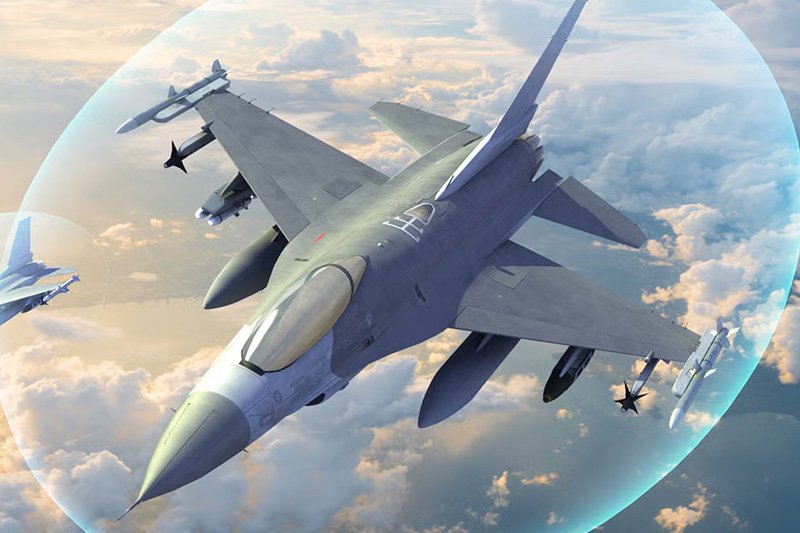China’s KJ-3000 Early Warning Aircraft Spotted Again
China’s advanced KJ-3000 early warning and control aircraft was reportedly observed flying over Chinese airspace on February 25, 2025, according to defense observer Hurin92 on social media platform X. The post included images suggesting the aircraft may now be powered by domestically developed WS-20 engines, highlighting China’s progress in military modernization and raising questions about the shifting balance of air power in the Asia-Pacific region.
Technical Advancements of the KJ-3000
The KJ-3000, which made its surprising maiden flight on December 26, 2024, represents a significant advancement in China’s airborne early warning capabilities. Built on the frame of China’s Y-20B strategic airlifter, the aircraft features an advanced conformal radar system providing 360-degree coverage with reported ability to detect stealth aircraft like America’s F-22 Raptors and F-35 Lightning IIs at ranges exceeding 360 kilometers.
Radar Capabilities and Stealth Detection
This sophisticated radar, integrated with cutting-edge C4ISR technology, transforms the KJ-3000 into a flying command center capable of coordinating various military operations across vast areas. For U.S. military planners, this capability directly challenges the stealth advantage that has been fundamental to American air superiority in regions like the Taiwan Strait and South China Sea.
A Flying Battle Hub
The reported integration of WS-20 engines marks a crucial development in China’s pursuit of aerospace self-sufficiency. The WS-20, a high-bypass turbofan developed by the Shenyang Aeroengine Research Institute, represents a key component of Beijing’s “Two Engines” plan aimed at reducing dependence on foreign technology. With a reported thrust of around 28,000 pounds, these domestic engines could provide the KJ-3000 with greater range, endurance, and payload capacity than its predecessors that relied on Russian engines.
WS-20 Engines
The KJ-3000 fits into China’s wider military modernization efforts that include the J-20 stealth fighter, J-36 carrier-based fighter, Type 076 amphibious assault ship, and the rumored H-20 stealth bomber. This aircraft could serve as a central component in a networked air defense system that integrates various platforms into a cohesive operational framework.
Integration into China’s Military Modernization
For U.S. strategists, this suggests a PLAAF increasingly capable of projecting power across the Indo-Pacific with unprecedented coordination. In potential conflict scenarios, the KJ-3000 could monitor and coordinate military activities around flashpoints like Taiwan, detecting U.S. forces before they enter striking range. Combined with advanced anti-access/area-denial systems, this capability could force significant reconsideration of U.S. operational doctrines in the region.
Also read this: Sudan Eyes Chinese J-10C Fighter Jets: A Game Changer?
Strategic Impact on US and Regional Security
The timing of the KJ-3000’s reappearance suggests Beijing may be accelerating its testing and deployment timeline, possibly in response to US military exercises in the region or as part of internal pressures to demonstrate military strength ahead of key national anniversaries. This development could influence U.S. defense spending decisions, particularly on counter-AEW&C technologies and next-generation stealth enhancements.
As both nations continue to develop their military capabilities, the KJ-3000 represents more than just a technical achievement it symbolizes the evolving competition for military dominance in the Asia-Pacific region, with significant implications for regional security and the global balance of power.
Keep connected with us at Facebook, Twitter, YouTube, Instagram & TikTok for latest defense happening around the globe.
Discover more from International Defence Analysis
Subscribe to get the latest posts sent to your email.



